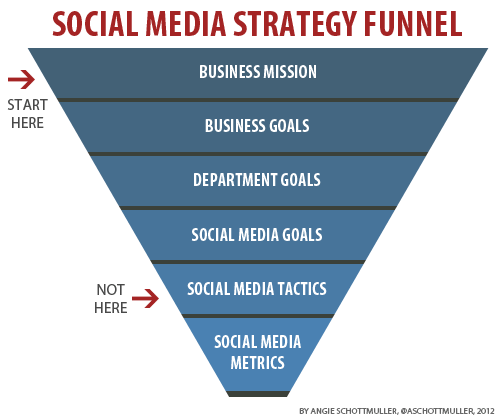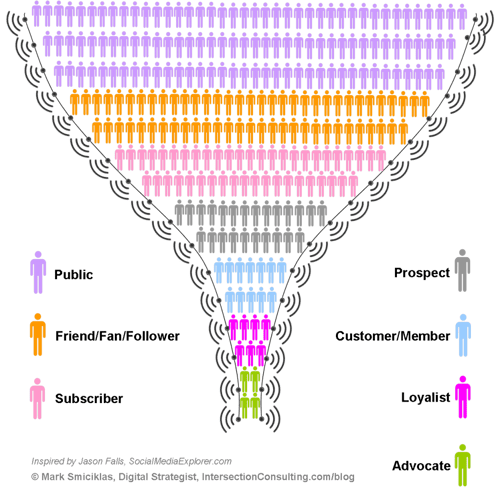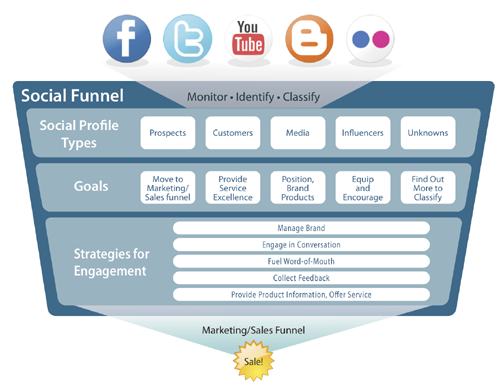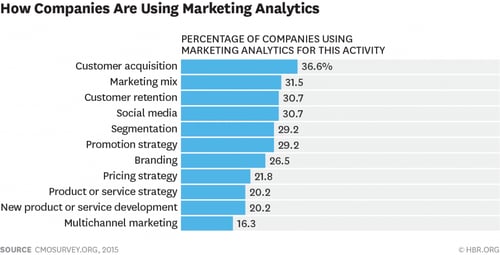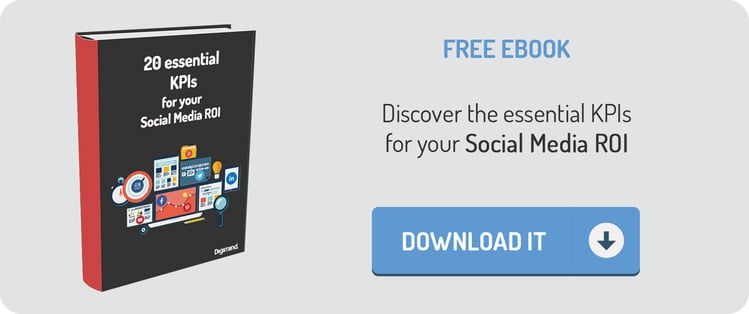The essential KPIs for your Social Media ROI: 1. How to construct them.
#KPI #indicators #ROI
We will explore, through several posts, how to build effective KPIs for your Social Media ROI.
1. The essential KPIs for your Social Media ROI: 1. How to construct them.
Or 10 rules to develop relevant KPIs.
So your boss or your manager wants to estimate the ROI (Return on Investment) of your actions on social media, for himself or for the big boss ...
You are a Community Manager, Social Media Manager, Digital Marketer, Social Media Experience Manager, and as much as you might say or have said many times before, our presence, our campaigns, our interactions with prospects and clients on social networks, "makes money, creating visibility, trust, loyalty, acquisition"... it doesn't matter: the boss wants in-di-cat-ors, the famous KPIs.
So what is a KPI ?
Key Performance Indicators are measurable to support decision making. They are part of an improvement process and allow management and activity monitoring (in our case, marketing, social media, customer relationships). They are "scheduled" and analyzed on a weekly, monthly or quarterly basis.
For marketing, they help define the criteria taken into account when measuring the effectiveness of global marketing actions, a communication campaign, or a specific action (PR, influence marketing, new lines of targeted content marketing...).
Yes, but how can I put it into action?
Firstly, before developing your KPIs, you must have your clearly defined goals, or at least those concerning digital and social media according to the degree of specialization of your position.
What are the objectives you wish to achieve through your digital actions? Improving the awareness of your brand, becoming an opinion leader, developing leads, identifying influencers and ambassadors, strengthening customer relationship channels and improving your service ...?
Digital marketing objectives are numerous, they are usually very closely linked; often with conversion objectives via downloading resources on your website, SEO activities, Advertising, Web Design, social media, but also off-line through brand awareness campaigns and events.
In order to be relevant, the objectives must be derived from the global marketing strategy, which is in turn derived from the company's strategic direction.
Once these specific objectives are defined, it's a good idea to keep in mind a few rules that will prevail in the development and selection of your KPIs:
1. Placing yourself in the marketing funnel
The marketing funnel is not a metaphor for a marketing project that never ends, but a diagram representing, in the case of digital marketing, the transformation process converting what were simply online users into clients, or even better, into brand ambassadors.
Locating your function and actions within the funnel helps you to really clarify your goals and therefore your KPIs.
Specifically adapted to Social Media Marketing, the funnel maps the transformation of data collected on social networks and the qualification of these contacts to then feed into marketing, as well as customer and/or business services.
2. KPIs are your friends :
Having quantified performance indicators allows you to effectively set, evolve and carry out your goals both in the short and long term.
3. Good or bad ?
There is no right or wrong when it comes to KPIs: there are only your KPIs, which match the goals of your function within your company.
4. Personalize :
The KPI must be customized as much as possible to closely match your daily activity and working patterns. Eg. if your actions and working patterns (community management, social selling, ads) focus on Twitter, your KPI "growth of social media communities" is too broad and needs to be refined (growth of followers) or segmented into media types (Twitter, Facebook, blog, Instagram ...).
When customizing in this way, you can also integrate regional, product or demographic targeting settings. Imagine indicators which compare your performance against your main competitors (if you know them): this will strengthen their relevance (eg your Twitter UK engagement growth rate vs that of your competitor).
5. Think qualitative
You can't quantify everything. Qualitative criteria, even if it does not allow you to measure the true sense and thus form your KPIs, will aid the analysis of your KPIs and help you to better understand them. Thus, qualifying a quantitative indicator alongside qualitative indicators (stars, fans, ambassadors, experts) when you acquire X amount of influencers will allow for a better analysis.
6. Analyze
There is no point in implementing KPIs, if you do not analyse beyond the simple concept of performance: you must in effect put it into perspective by period and according to your marketing efforts, your budget, and your means. The analysis should, ideally, be able to predict the performance of future actions (predictive) but also to improve all the processes (prescriptive).
7. Think “KPIs with a reference base”
A KPI is good, with a KPI with a reference base is better: if you are lucky enough to have benchmarks that form a point from which to set your objectives, use them: it will improve the relevance and legitimacy of the KPI, and motivate you to reach that benchmark. Ex your main competitor generates an average engagement rate on his Instagram posts of 3% for images and 5% for videos. Remember these two KPIs and set up a relevant objective that is in keeping with your means and performance vs. those of your competitor. Studies done by specialist firms provide referential variables by sector. Ideally being formed from the collected data coming directly from the social media monitoring for your competitor brands through either earned or owned media.
8. Use tools that measure and collect to analyze your data
Make sure you're equipped with the tools to measure and listen to social media, CRM and Hub marketing platforms to collect all necessary data for the development of your indicators (mentions, audience, leads, engagement ...).
With these types of tools, you can automate the data collection and metrics generation for many marketing activities.
9. Selecting the KPIs
"Too many KPIs defeats the point of a KPI" Don't be greedy: There are many indicators to measure the performance of your digital marketing activities and social media: it is better to choose 1 or 2 per marketing phase (brand awareness, customer satisfaction, interaction, etc.) to avoid moving away from your primary objectives, or over complicating the collection and reporting.
10. Be sure to evolve them over time
Digital marketing, its fields, its metrics and capacity for collection and measurement tools is constantly evolving: remain on standby to discover new KPIs that might be appropriate and in line with your goals.
In our next post, we will continue our exploration of KPIs with a selection of essential indicators for your Social Media marketing.
Interested by any of the Social Media KPIs mentioned in this post? Get your demo with Digimind Social!
Written by Jerome Maisch
Marketing Manager @digimindci. Passionate about big data & social marketing. Photography, music and hiking lover

